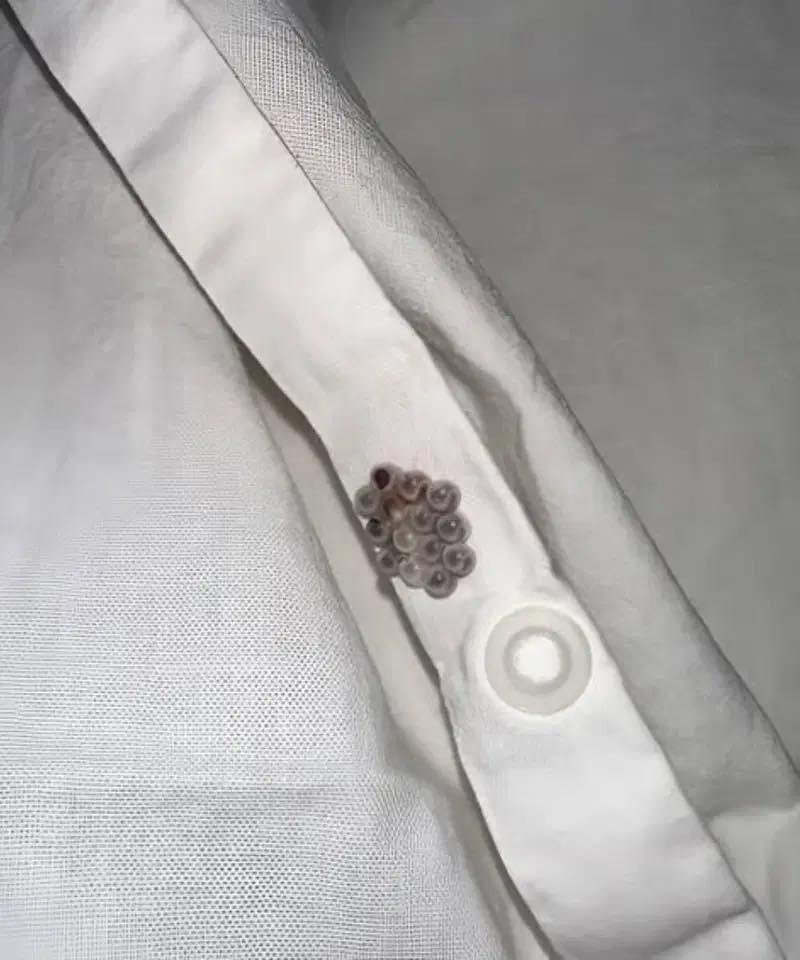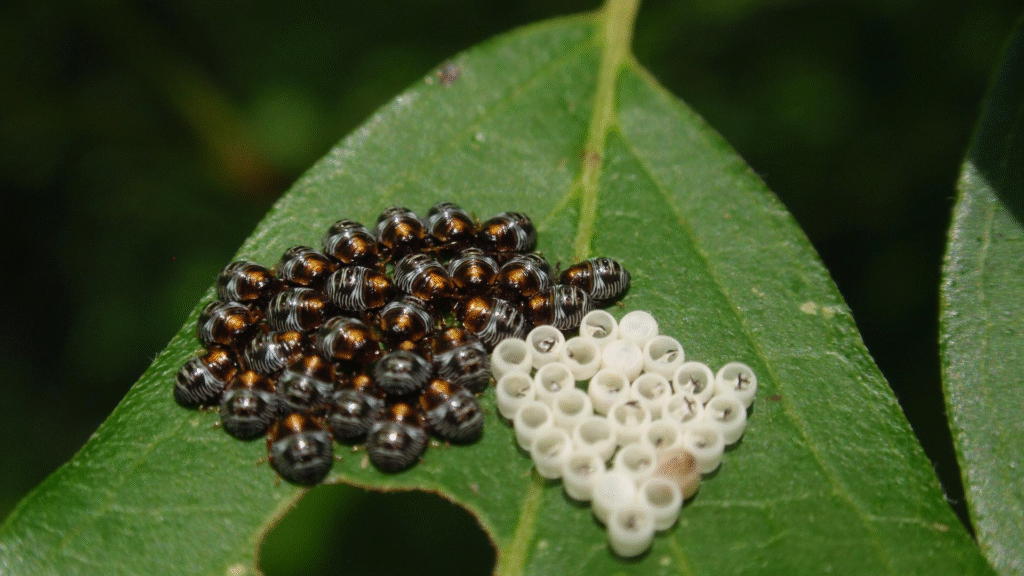
A Shocking Discovery in My Bed Turned Into a Wake-Up Call About Hidden Home Dangers
Understanding the Stink Bug Problem
For those unfamiliar, stink bugs are more than just a nuisance. These shield-shaped insects, known for their distinctive smell when crushed, are invasive in many parts of the U.S., especially during late summer and fall.
They’re notorious for sneaking indoors as temperatures drop, seeking warmth in cracks and crevices. While they’re not dangerous to humans in the traditional sense—they don’t bite or sting—they can trigger allergic reactions, and they absolutely do not belong in your bedding.
The eggs, which are often found on the underside of leaves outdoors, are small, round, and laid in clusters. Finding them inside your home should be taken seriously, as it could be a sign of a larger infestation.
How to Prevent a Similar Nightmare

If you’re a pet owner or live in a region where stink bugs are common, here are some preventive tips I wish I had known earlier:
- Inspect your pets: After walks, especially in wooded or grassy areas, give your pets a quick brush down.
- Seal your home: Check for cracks around windows, doors, and vents. Use weather stripping or caulk to seal gaps.
- Install screens: Make sure all your windows and doors have tightly-fitted screens without holes.
- Use natural repellents: Essential oils like clove, mint, or citronella can deter bugs when sprayed around entry points.
- Clean regularly: Don’t just tidy up—go deep. Wash your bedding often and vacuum under furniture and along baseboards.
Most importantly, stay alert. If something seems off—even something as tiny as a speck on your sheet—don’t ignore it.